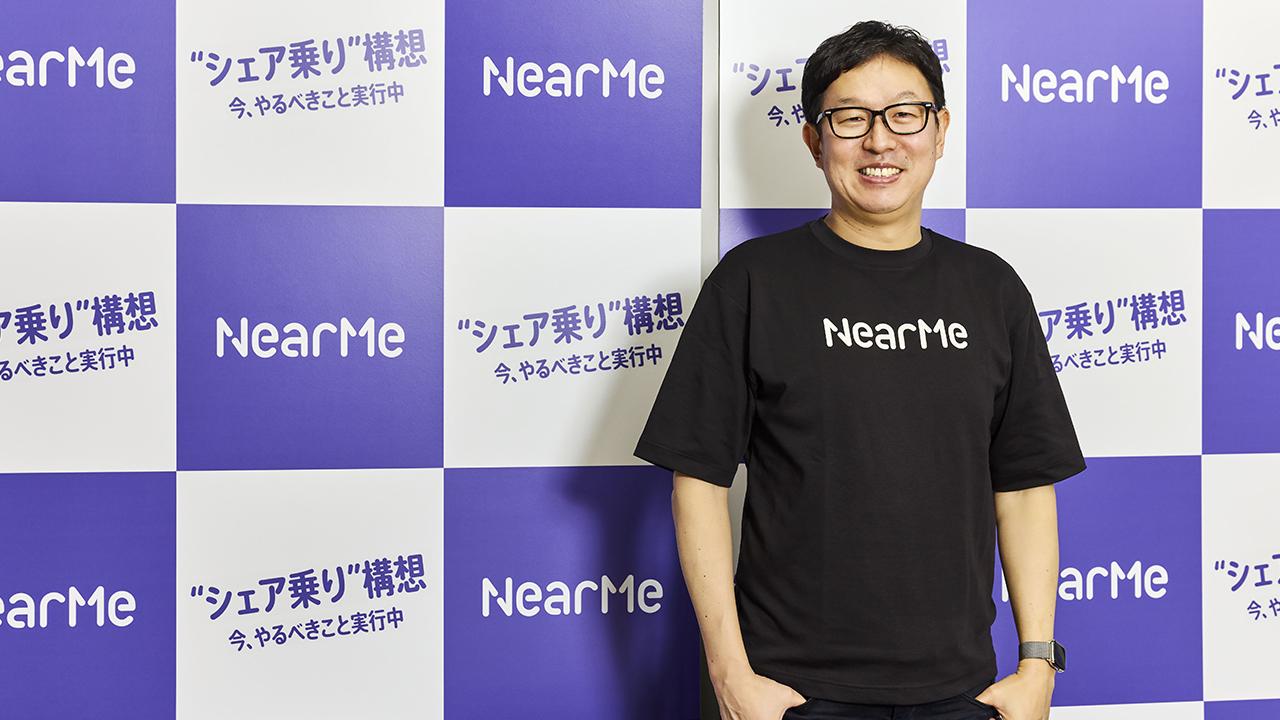
Partners in Future Mobility profiles innovative startups that took part in the Japan Mobility Show 2023. We begin with NearMe, which claimed top honors at the event's Pitch Contest.

This new series profiles innovative startups that participated in the Japan Mobility Show 2023.
Held for the first time last fall, the Japan Mobility Show renamed and redefined the Tokyo Motor Show as a platform where various mobility-related companies, from the auto industry and beyond, come together to create the country’s future.
One feature that symbolized the change from motor to mobility show was the Startup Future Factory, which supported new ventures with fundraising, opportunities for business meetups, and PR.
Serving as JAMA’s chairman at the time, Akio Toyoda spoke about the initiative during a “big recap” session on the show’s final day. “If this event helps people to meet and take an interest in working together, that’s a major success,” he said. “I felt the potential for new narratives that are greater than the sum of their parts. When that virtuous cycle is turning, you can also sense a future for Japan.”
Building upon this vision, the Japan Mobility Show will be back again this year.
So, what does mobility mean to those like-minded partners also working to create the future, and what visions lie behind their endeavors? We will delve into the stories that emerge from the Japan Mobility Show and the possibilities they offer for the future of mobility.
Pitch Contest Grand Prix winner NearMe
The Startup Future Factory featured a Pitch Contest & Award, in which startups presented an overview of their business for judging by executives from leading mobility companies and representatives from venture capital firms that provide investment and support to new enterprises. Of the 116 participating companies, a select group of 15 earned the chance to give a three-minute presentation, followed by six minutes of Q&A.
The award comprised three categories—LIFE×Mobility in the Future, EXCITEMENT×Mobility in the Future, and INFRASTRUCTURE×Mobility in the Future—with the best companies selected in each.
The EXCITEMENT×Mobility in the Future category and the grand prize were claimed by NearMe, an AI-driven taxi-sharing service.
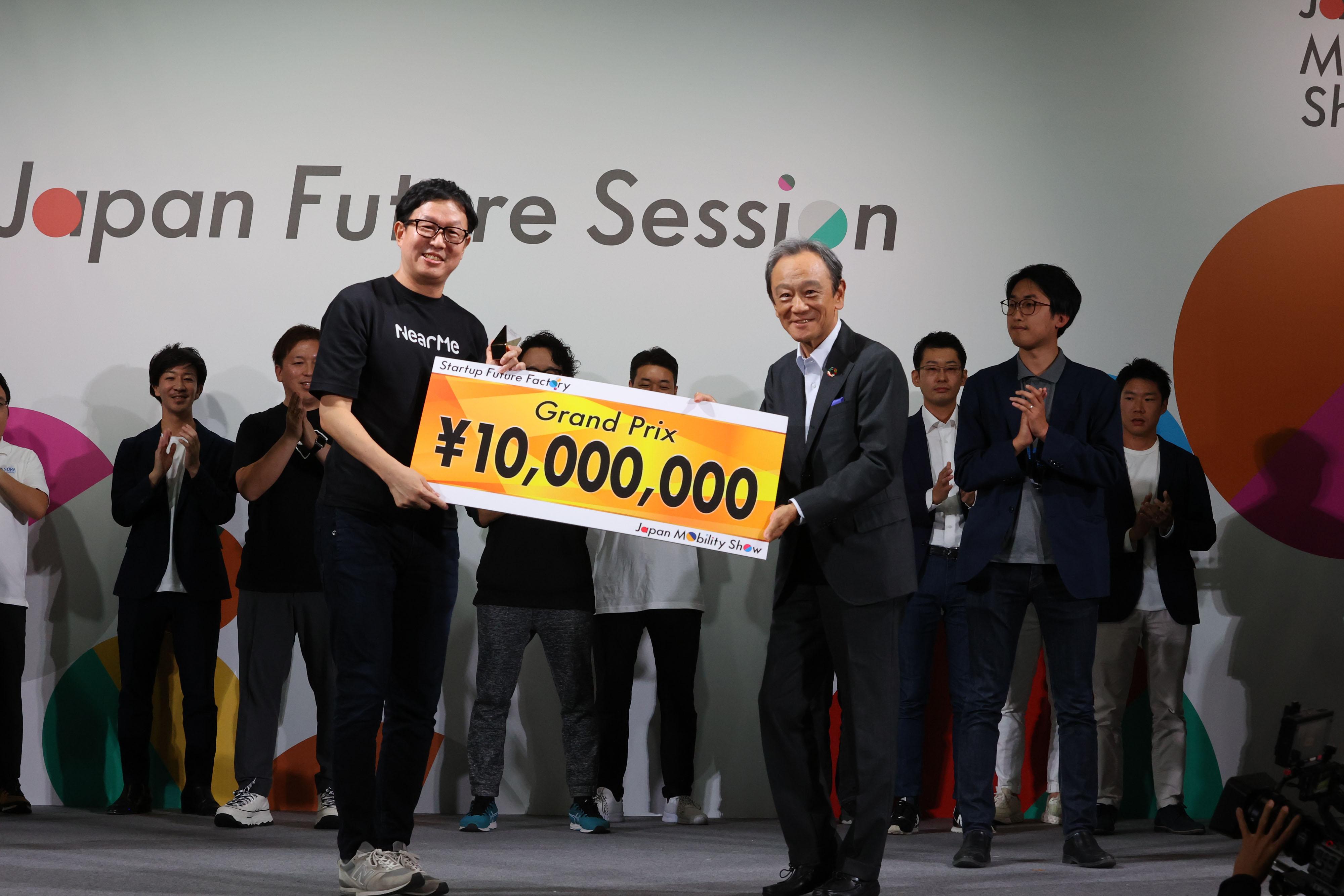
Japan Mobility Show creates connections
NearMe’s core offering, the Airport Shuttle, provides affordable door-to-door transport between home and the airport through taxi-sharing, using vehicles that carry up to nine passengers. A separate Golf Shuttle service connects users to golf courses around Tokyo and Chiba.
“Although many events bring together various startups, very few focus on mobility,” says NearMe CEO Koichiro Takahara. “We took part in the Japan Mobility Show because we saw it as a great opportunity to convey our work properly.”
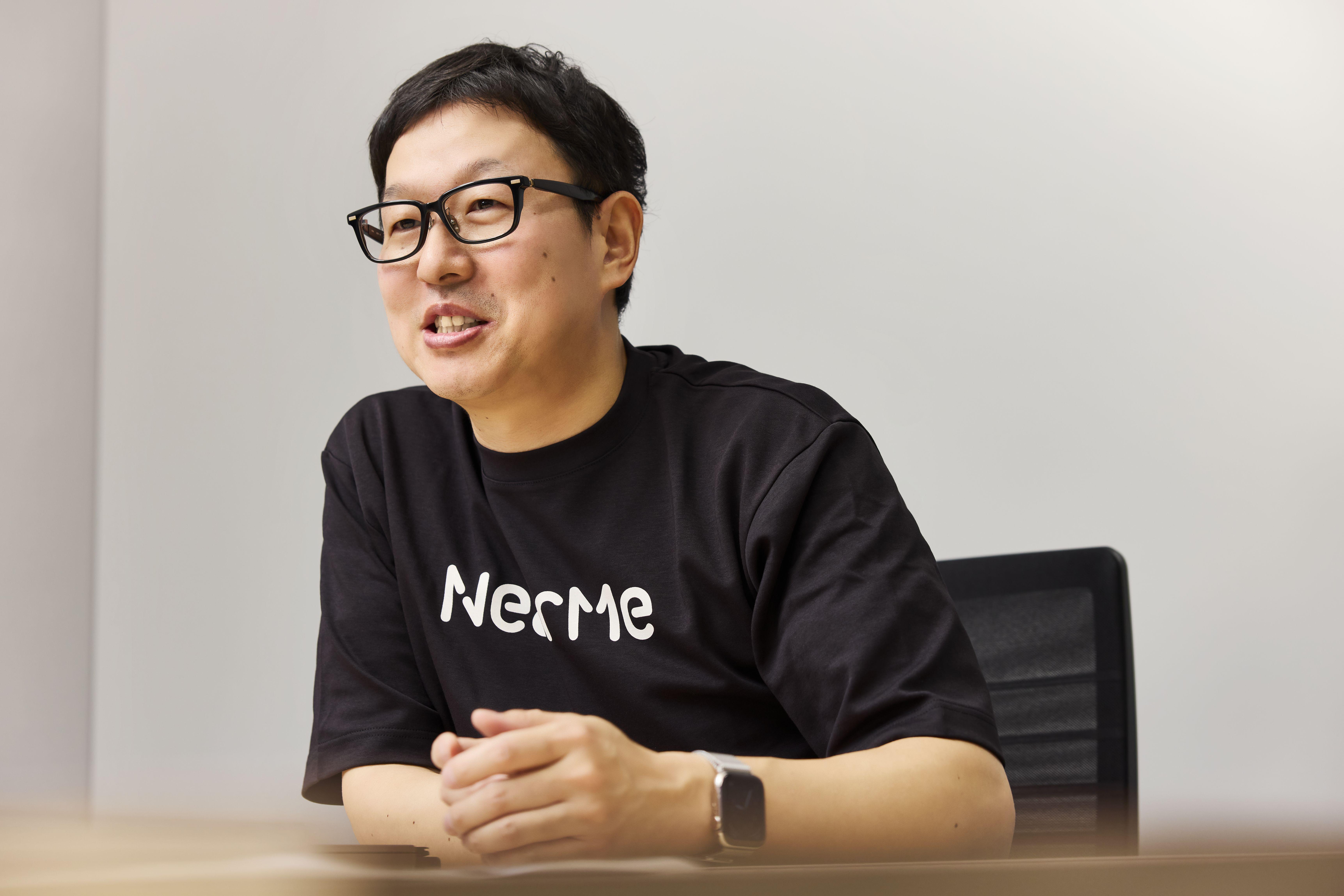
“Thanks to the event, we were approached by people from all kinds of industries, even including inquiries from banks. Winning the Grand Prix had a big impact. But what mattered most was meeting like-minded peers who are also working to solve social issues through mobility. We were able to connect. Recently, we launched the Mobility Service Association, which was initiated by Global Mobility Service (a finalist in the LIFE×Mobility in the Future category), and they got in touch with us thanks to the Japan Mobility Show.”
Solving Japan’s transportation challenges through sharing
The company’s unique system uses AI to match users and optimize routes based on reservations. Passengers are then picked up by green-plated (commercial vehicle) taxis.
“The challenge in Japan is to increase transportation volume. Ride-sharing, which began here in April, is a way to increase quantity by mobilizing ordinary drivers. On the other hand, our approach with NearMe is to improve quality by sharing existing taxis.
Currently, the average taxi journey carries 1.3 passengers. What’s more, the vehicle occupancy rate is around 40%, meaning that much of the time, they’re just moving air. Theoretically, if a taxi carries four people, that roughly triples the current transportation volume. On top of that, if we managed to fill the reverse journey as well, that would double again to a factor of six.”
NearMe is not against the Japanese ride-sharing model—if the volume of transport can be increased by bringing in more drivers, so much the better. That said, the country’s declining population has created worker shortages across all industries, even as many elderly drivers give up their licenses. All the while, inbound tourism continues to grow as an important revenue source for the Japanese economy. And the sector must also contribute to achieving a decarbonized society. One solution is taxi-sharing.
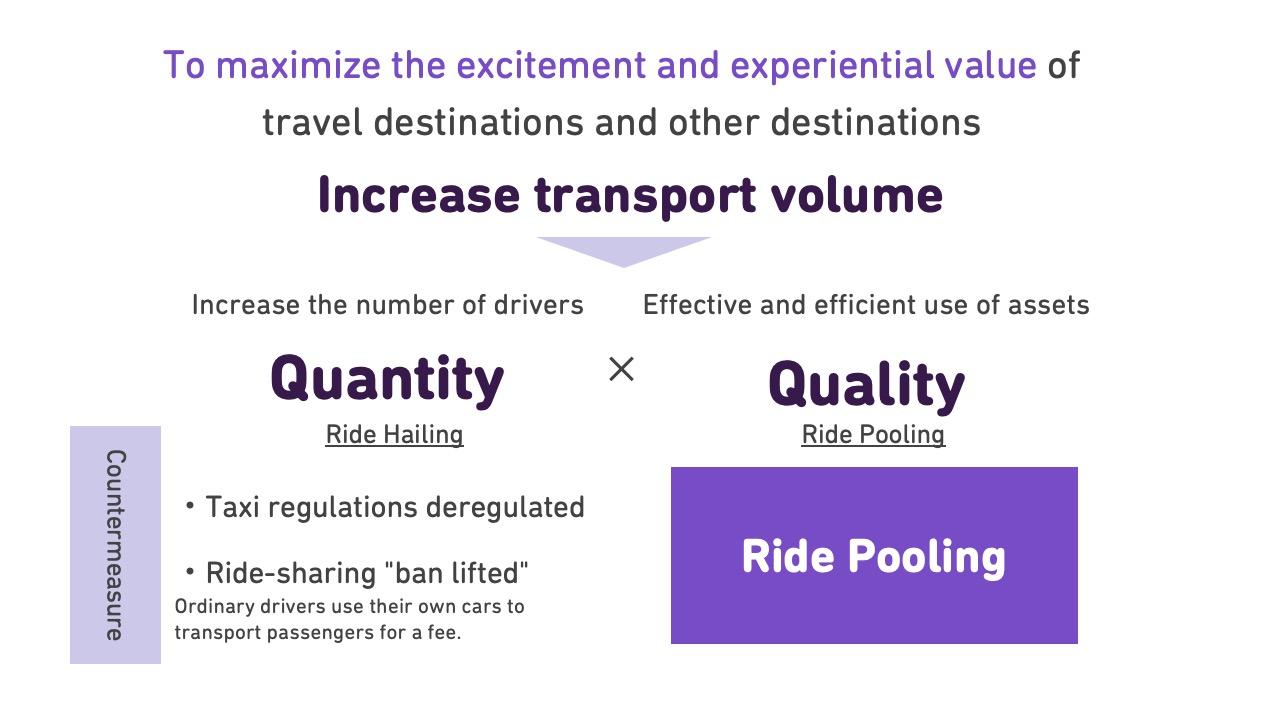
“This is an era where single-occupant vehicles are no longer going to be viable. Conversely, the world of autonomous driving that we envision revolves around vehicles like the e-Palette, which was designed for shared riding.
Since a taxi is defined as having 10 occupants or fewer, something like an EV HiAce or other nine-passenger van would allow for moving more people. Instead of everyone driving their own cars, it’s about sharing. I believe this would bring us closer to Japan’s mobility future. Those wishing to charter a vehicle for themselves can pay three to five times the taxi-sharing price.”
The key to offering a pleasant sharing experience lies in efficiently matching passengers and setting travel routes. This is where NearMe’s unique AI comes into play. Even so, an increase in users and co-passengers means more stops en route, which is likely to add stress.
“I think that’s the trade-off for lower prices. Looking at it a different way, passengers can sit back and enjoy a comfortable door-to-door journey. It’s like choosing an all-stops train over a crowded express so that you can get a seat and read your book. When you think about it, the time difference is not so significant, you get peace of mind, and it’s kinder to the environment. We hope more people will see it that way.”
The formative experience behind NearMe
Takahara spent his high school years living and breathing baseball, only rarely looking further afield. As a reaction to this lifestyle, by the time he reached university, he felt “a strong pull to go abroad,” which led him to study in North America. In searching for a job after graduation, his keywords were “global” and “infrastructure,” and he ended up at a foreign software firm. To further himself, Takahara also attended graduate school in the U.S., then moved to Rakuten upon returning home, inspired by the vision of a Japanese company seeking to lead the world. Soon after joining, he was involved in launching a logistics venture.
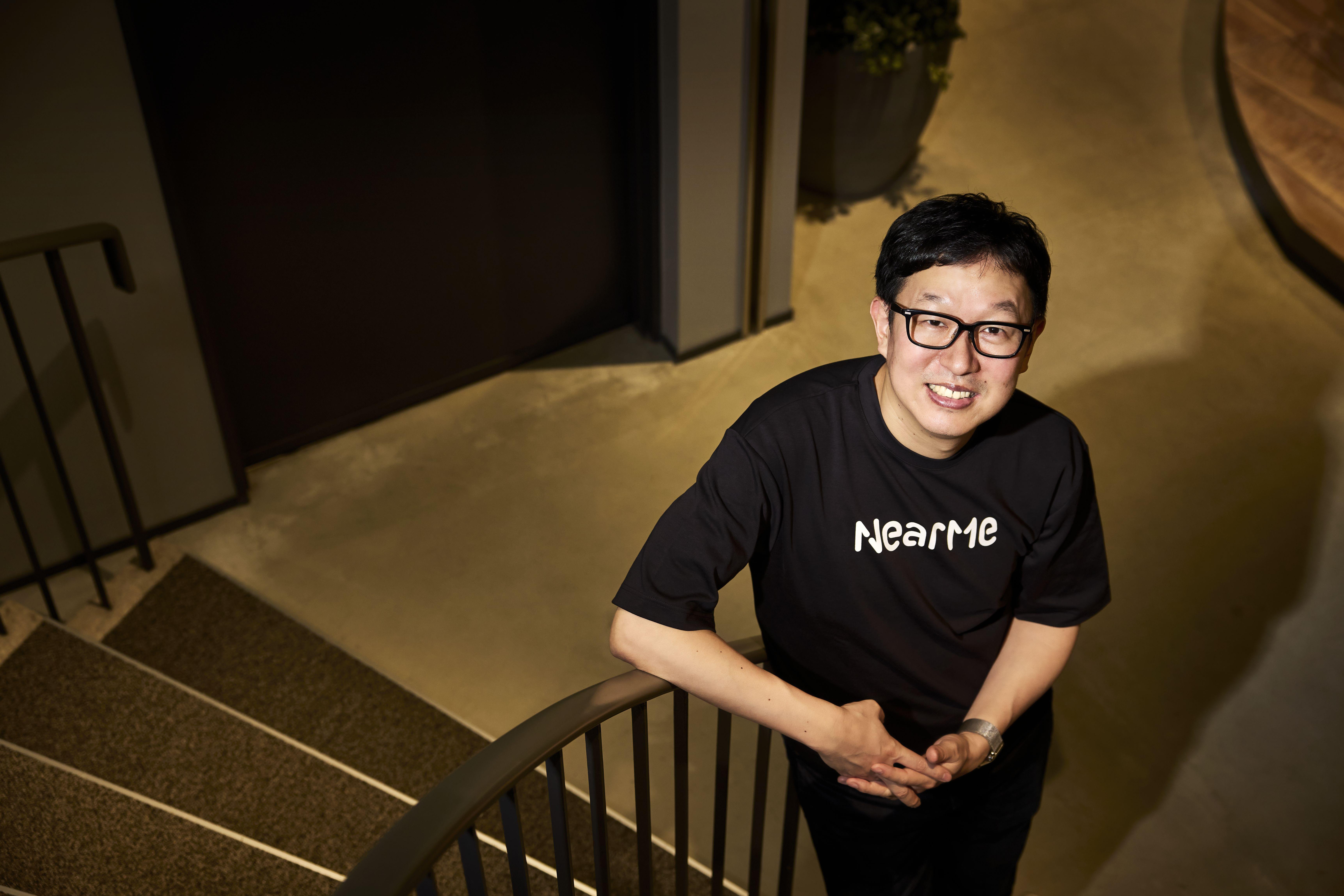
“It was there that I ran into the difficulties of last-mile transport. While considering the situation, including the inefficiency of re-delivery and staffing shortages, I wondered whether we could turn the taxis that we see on the streets into a transportation network.”
“During the latter half of my stint at Rakuten, I lived in America, working on the merger with a company we had acquired. Once again, I noticed that everyday life ends up contained within a sphere of five to ten kilometers. No matter how strong your global ambitions are, daily life is lived at the local level.
In that sense, I felt that if I wanted to do something with a positive impact on society, a good starting point would be a locally-oriented project that updated how we live day-to-day. The regional system we establish could be adopted across Japan and spread beyond national borders to the world.”
The name NearMe embodies this desire to improve everyday life close to home.
To create local systems, where should the company be based? For Takahara, the answer was Japan, the country he felt attached to and viewed in generally a positive light.
“When thinking about regional revitalization and sustainable systems, I felt that mobility had the potential to make an impact. If mobility declines, the community declines with it. By focusing on mobility to tackle local issues, we felt that we could have the greatest impact.”
Creating sustainable communities through freedom of mobility
Mobility is vital in solving regional challenges. In 2018, this idea gave rise to NearMe’s services.
“Through our services, we hope to create a society in which more people can move freely and continue to live in their chosen communities. We began with the airport scenario, where there is a great need for transport, and matching is simplified by having fixed departure and destination points. With constant improvement, we have grown to more than 700,000 total users. We are now in a position where the system can be adapted for use in tourist areas, for example, or by local governments keen to improve their bus routes. I think it can even help overcome the issue of declining driver numbers in regional areas.”
Among its wide-ranging efforts aimed at the future of mobility, NearMe is working with Toyota Boshoku to optimize HiAce interiors for shared rides.
To wrap up our interview, we posed Takahara a simple question: What does mobility mean to you?
“I see it as ‘freedom of movement on demand.’ That might mean a private vehicle or a shared service like ours. In either case, I believe freedom of mobility can help solve regional challenges.”

